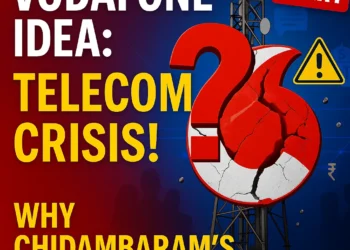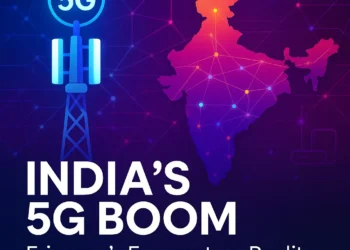Conventionally the telecom operators are in the business of selling voice and data running in separate pipes. Typically voice is charged @ Rs/Min and data @ Rs/MB. These entities are packaged in plans with different validity periods. The operators tweak these plans to drive usage for maximizing revenue. The rates are optimally set so that the usage is within network capacity defined by spectrum and equipment. Capacity can be increased further by spending on additional capex but may impact profitability, unless it (increased spend) drives more usage. Whereas in 4G, both voice and data are integrated into a single pipe, with voice consuming a very small fraction of the total capacity – enabling the operator with plenty of room to offer “unlimited voice”. See my earlier note – “How “Unlimited Voice” Impact Indian Operators“. Also, complex tariff plans (to manage voice and data usages) are no longer required, thereby shifting the focus of operators only on managing ARPU (average revenue per user). But, how can ARPU be increased when voice is no longer metered @ Rs/Min and data is offered either free or at a rate which is substantially lower? The obvious solution is to a) increase the fixed monthly rate, b) ramp up low ARPU subscribers to the fixed plans, c) explore new ways of monetizing data.
Now, the monthly rate can only be increased if your competitors also follow suit. What if they don’t? These leaves us with the other two options. But in order to uplift the low ARPU subscribers to fixed plan, we are dependent on the availability of low-priced handsets in the open market. Why would a “value user” buy a new handset at a higher price and also pay more for services? He will do so only if he is motivated by incentives (free or subsidized handsets, unlimited voice etc). Afer sometimes, this option might also plateau and therefore the only other way to increase revenue is to find new ways to monetize data. But, there are challenges and regulatory hurdles. Let’s investigate.






